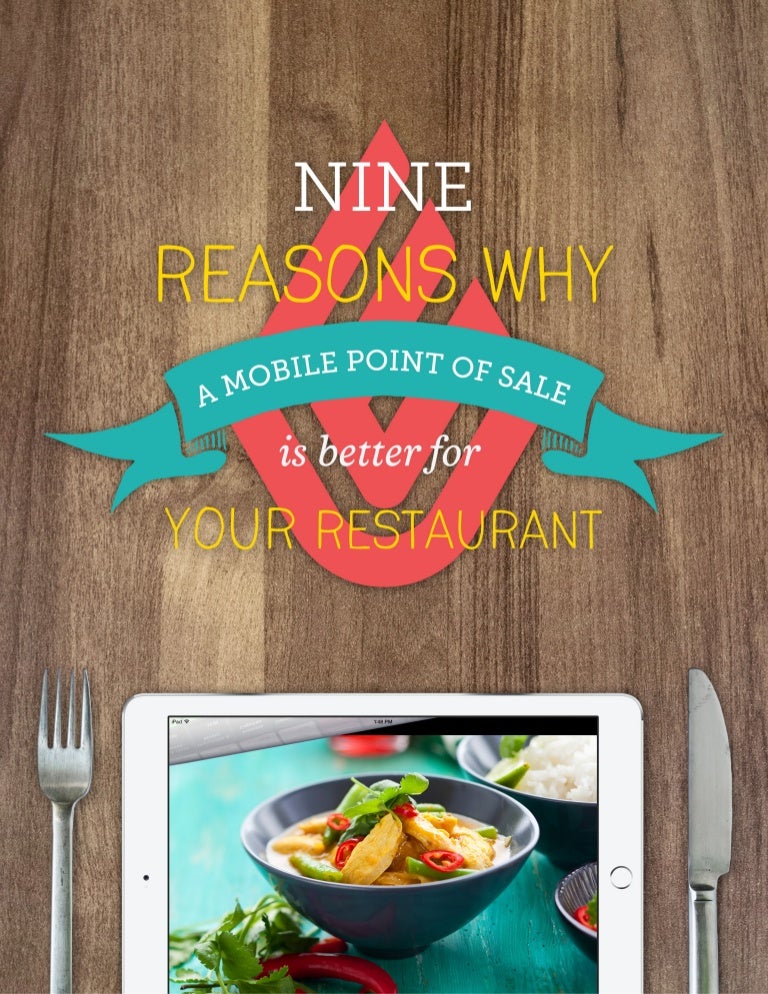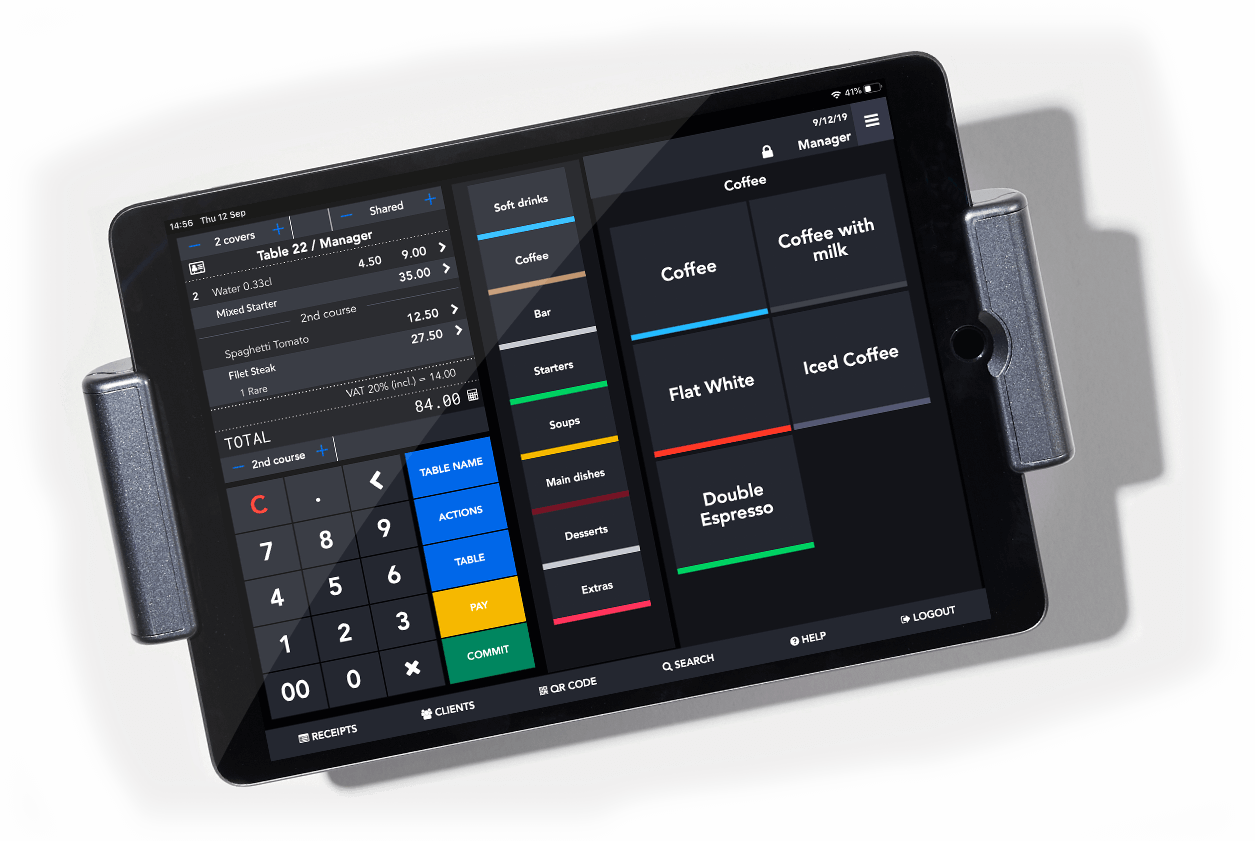

The company, which keeps its books in U.S. Those that have made the switch have nabbed increased revenue, decreased operations cost and plenty of saved times, the company says.Ĭhauvet's remarks came the same day Lightspeed a loss of US$74.5 million in its fourth quarter compared with a loss of $114.5 million in the same quarter a year earlier as its revenue rose 26 per cent. "For us, it's a big move and I think it's a big move for our customers too." "Our customers don't like change, so we're trying to make this as easy as possible for them to get the benefits," Chauvet said. The push means giving customers brand new payment terminals, buying back some of their existing contracts, offering better rates than what they're paying with other providers and often, dispatching staff to help with the transition. Next month, hospitality clients across the continent will be pushed toward payments with U.K., Australia and then merchants in Europe, Middle East and Africa. So Lightspeed began requiring new customers to sign up for payments on May 1 and the same push already launched for retail clients in North America.

#Lightspeed restaurant software#
Lightspeed would previously sell point-of-sale software that would integrate with whatever payment terminal merchants used, but the terminals were often "ugly" and "old" and "there's just so far we can go without controlling the experience all the way to the customer." He attributes the two halves to a moment his Montreal-based commerce software business has been working toward for years - building out and beefing up the customer base for its payments offering, which helps process online and in-stores sales. is going to be really strong," Jean Paul Chauvet said in a Thursday interview. "The first half of the year for us is going to be more costly, slower growth, but then the second half of the year for us. When Lightspeed Commerce Inc.'s chief executive surveys the months ahead, he sees it as "a year of two halves."


 0 kommentar(er)
0 kommentar(er)
